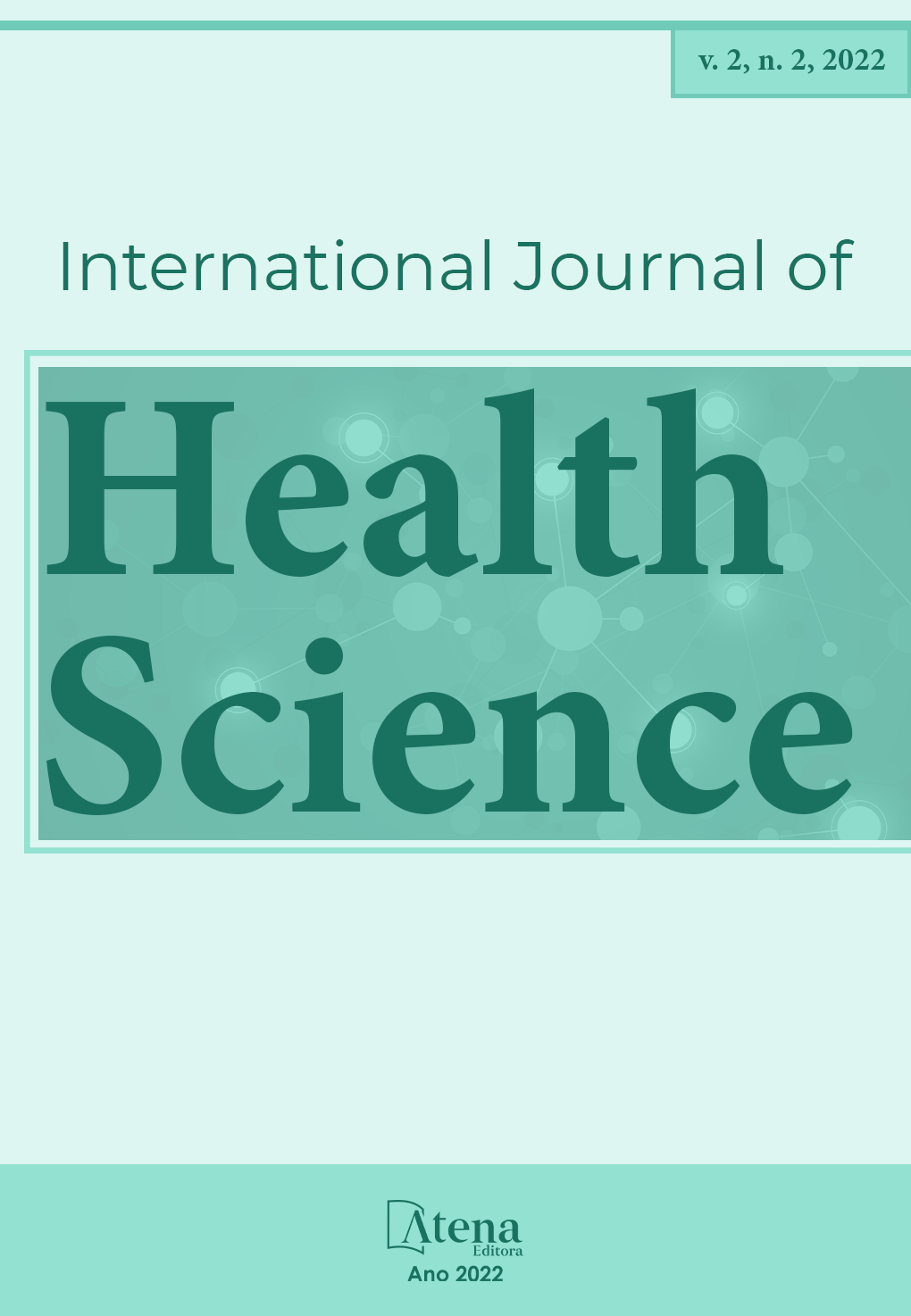
INFLUENCE OF THE WEAR TIME OF COMPLETE DENTURE ON SWALLOWING, CHEWING, AND MYOFUNCTIONAL POSTURAL CONDITIONS
Purpose. Complete denture is a therapeutic modality widely used by edentulous patients. However, with the years, its wear may have harming effects regarding the phono-articulatory organs and the swallowing/chewing functions. In this investigation, the relationship between the time of denture use and the swallowing and chewing difficulties was assessed, as well as these people’s orofacial myofunctional postural conditions. Material and Methods. Individuals of both sexes, completely edentulous, wearing conventional maxillary and mandibular conventional complete denture acrylic resin were recruited from August 2018 to February 2020, from School of Dentistry of Ribeirão Preto of the University of São Paulo (USP) and distributed into three groups according to the time of denture use: G1 – 1 to 6 months (n=8); G2 – 7 to 18 months (n=12); G3 – 18 to 120 months (n=9).Then, they were interviewed and assessed with the Orofacial Myofunctional Evaluation (OMES). Pearson correlation test (α=.05) was used to correlated the time of denture with the findings in the interview and protocol. Results. A total of 29 individuals were assessed, being 14 women and 15 men with aged 43 to 83 years (mean 63 years). One (3.4%) participant had complaints related to swallowing dry foods, while 3 (10.3%) had complaints related to swallowing hard foods. However, there was no correlation with the time of denture wear. Concerning the orofacial myofunctional postural aspects and conditions, no significant differences were observed for the phono-articulatory organs: lips, tongue, and cheeks, as well as for the stomatognathic functions of swallowing and chewing related to the time of denture wear. Conclusion. The time of denture wear did not influence the complaints, neither did it interfere with the postural aspects and conditions of the phono-articulatory organs, or the patients’ swallowing and chewing.
INFLUENCE OF THE WEAR TIME OF COMPLETE DENTURE ON SWALLOWING, CHEWING, AND MYOFUNCTIONAL POSTURAL CONDITIONS
-
DOI: 10.22533/at.ed.159222217013
-
Palavras-chave: Prosthodontic, Deglutition, Mastication. Deglutition disorders
-
Keywords: Prosthodontic, Deglutition, Mastication. Deglutition disorders
-
Abstract:
Purpose. Complete denture is a therapeutic modality widely used by edentulous patients. However, with the years, its wear may have harming effects regarding the phono-articulatory organs and the swallowing/chewing functions. In this investigation, the relationship between the time of denture use and the swallowing and chewing difficulties was assessed, as well as these people’s orofacial myofunctional postural conditions. Material and Methods. Individuals of both sexes, completely edentulous, wearing conventional maxillary and mandibular conventional complete denture acrylic resin were recruited from August 2018 to February 2020, from School of Dentistry of Ribeirão Preto of the University of São Paulo (USP) and distributed into three groups according to the time of denture use: G1 – 1 to 6 months (n=8); G2 – 7 to 18 months (n=12); G3 – 18 to 120 months (n=9).Then, they were interviewed and assessed with the Orofacial Myofunctional Evaluation (OMES). Pearson correlation test (α=.05) was used to correlated the time of denture with the findings in the interview and protocol. Results. A total of 29 individuals were assessed, being 14 women and 15 men with aged 43 to 83 years (mean 63 years). One (3.4%) participant had complaints related to swallowing dry foods, while 3 (10.3%) had complaints related to swallowing hard foods. However, there was no correlation with the time of denture wear. Concerning the orofacial myofunctional postural aspects and conditions, no significant differences were observed for the phono-articulatory organs: lips, tongue, and cheeks, as well as for the stomatognathic functions of swallowing and chewing related to the time of denture wear. Conclusion. The time of denture wear did not influence the complaints, neither did it interfere with the postural aspects and conditions of the phono-articulatory organs, or the patients’ swallowing and chewing.
-
Número de páginas: 14
- Camila B. Araújo
- Adriana B. Ribeiro
- Carolina V. Fortes
- Claudia Helena Lovato da Silva
- Roberto Oliveira Dantas
- Marina Rodrigues Montaldi


